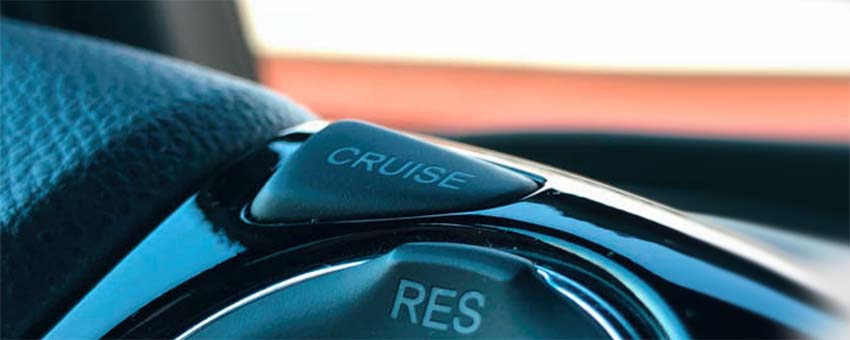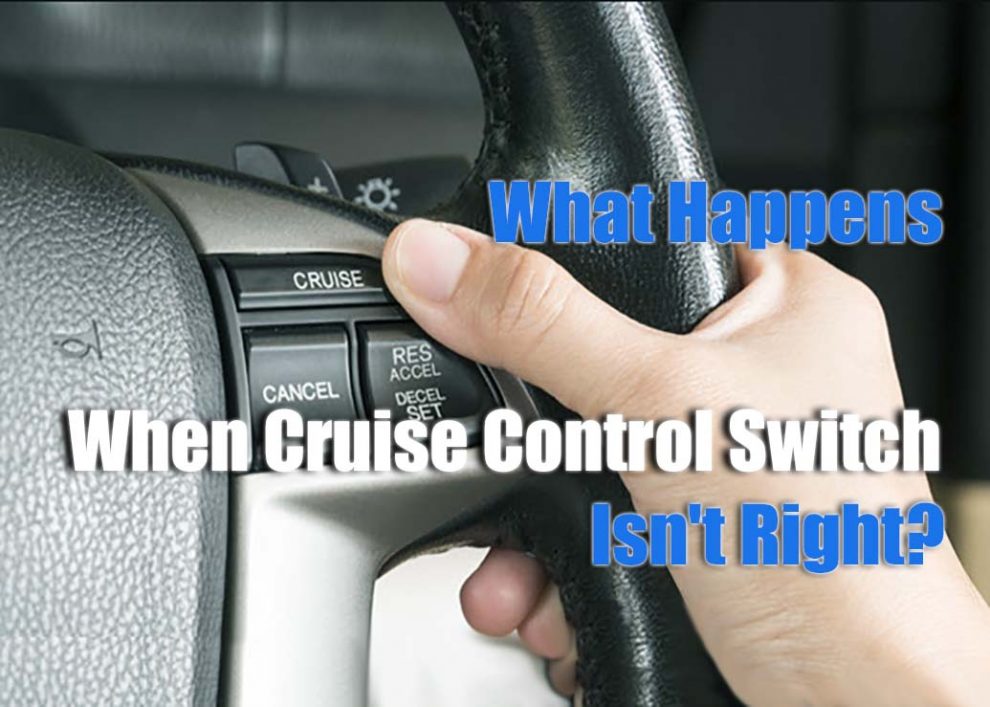Cruise control, for many drivers, is synonymous with convenience, especially during long drives. This technology allows vehicles to maintain a predetermined speed, offering a break from constantly pressing the accelerator. Central to this feature is the cruise control switch. Although robust, with time and usage, this switch, like all automotive components, can experience wear and tear. When it starts to malfunction, it not only disrupts the comfort of driving but can also introduce a host of other problems. Given its crucial role, understanding its functioning and recognizing early signs of trouble is paramount for every vehicle owner.
Recognizing the Warning Signs
Any malfunction within a car’s system, however minor it might appear, tends to give out signals. In the case of the cruise control switch, there are several symptoms to watch for. Some drivers report their system refusing to engage, while for others, it spontaneously disengages without any input. An unstable speed, despite being on cruise control, is another glaring sign. This could manifest as the car failing to stick to the set speed or the cruise control light on the dashboard flickering or behaving erratically. Being aware of these signs can prevent larger issues down the road.
Implications of Ignoring a Malfunctioning Switch
The repercussions of overlooking a faulty switch extend beyond mere inconvenience. A malfunctioning system can cause a vehicle to consume more fuel as it struggles to maintain a steady speed. Safety concerns are even more significant. If the system suddenly deactivates, especially on highways, it could startle drivers, leading to potential mishaps. When adding aftermarket parts, like the Best Cold Air Intake for Acura, ensure they don’t interfere with existing systems.

Steps to Diagnose and Maintain
Should you suspect a problem, here’s a comprehensive checklist to guide you:
- Thoroughly peruse your vehicle’s user manual for troubleshooting tips.
- Stay alert to any dashboard warning lights or messages.
- Regularly clean the switch area, ensuring no debris hampers its function.
- If these steps don’t resolve the issue, don’t hesitate to consult an auto mechanic.
Preventive care always trumps reactive measures. Regularly inspect the cruise control system to ensure it’s in optimal condition. This includes ensuring the switch isn’t sticky and that no wires are frayed or loose.
Final Words
At its core, ensuring a functional cruise control system is a matter of safety, efficiency, and driving pleasure. As cars continue evolving, their systems become more interconnected. Thus, a fault in one component can have a domino effect. Being proactive, staying informed, and prioritizing vehicle health guarantees smoother journeys and minimizes risks. It’s worth noting that as automotive technologies advance, the interdependencies between systems grow more pronounced. Therefore, understanding and addressing even minor issues can play a pivotal role in overall vehicle performance and longevity. Embracing a preventive approach to car maintenance can not only save costs in the long run but also ensure a safer and more enjoyable driving experience for all.


Add Comment